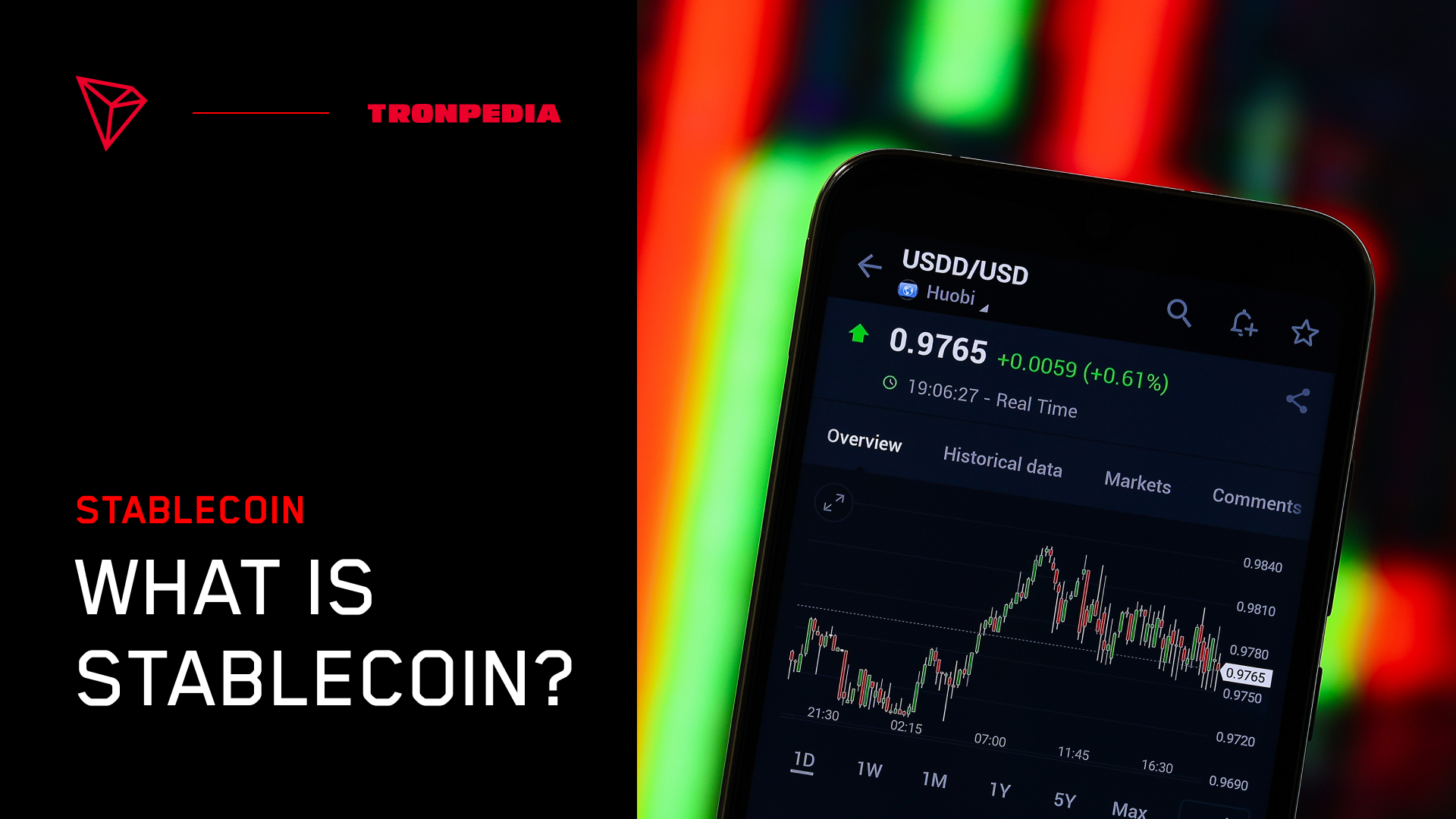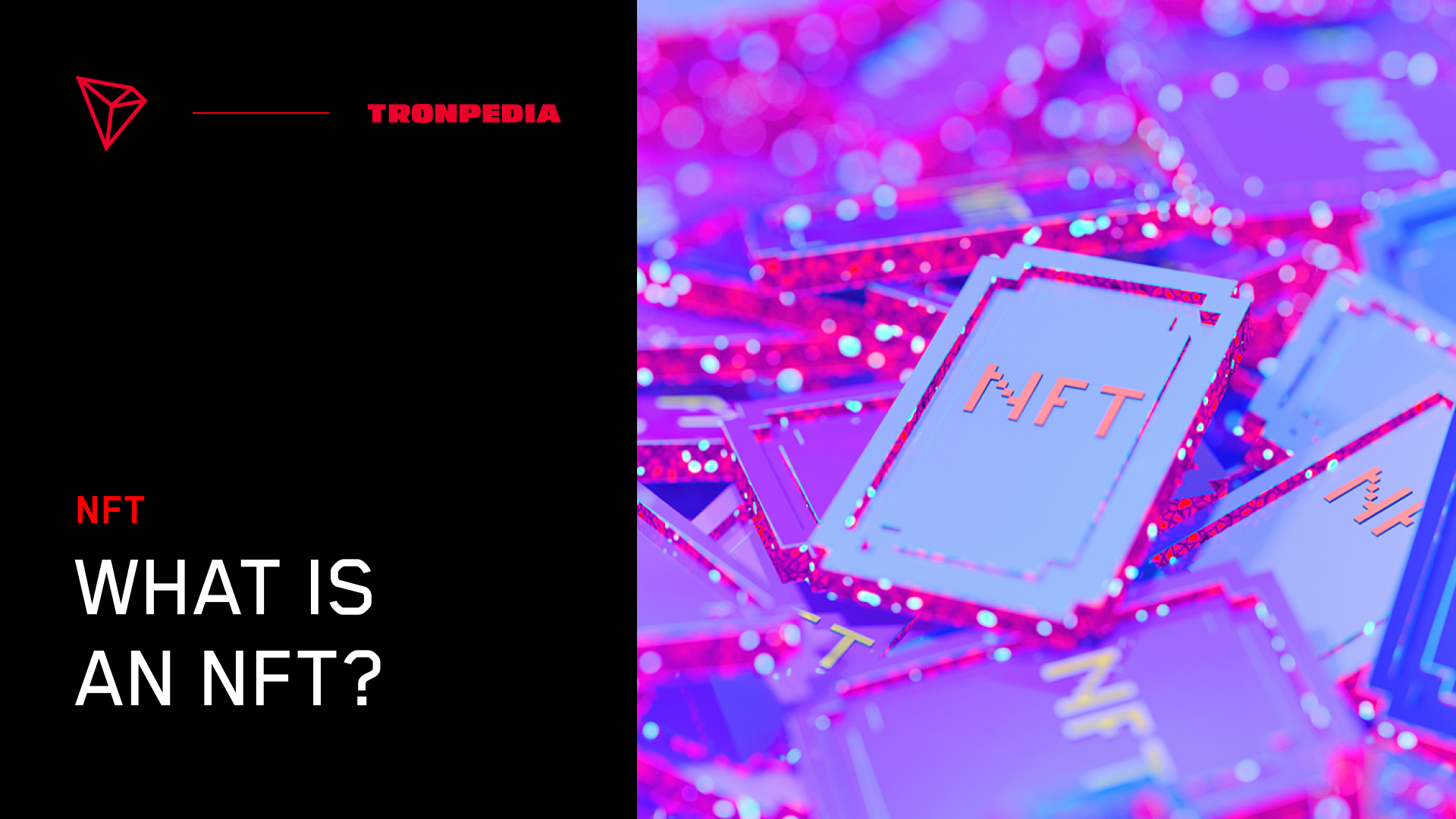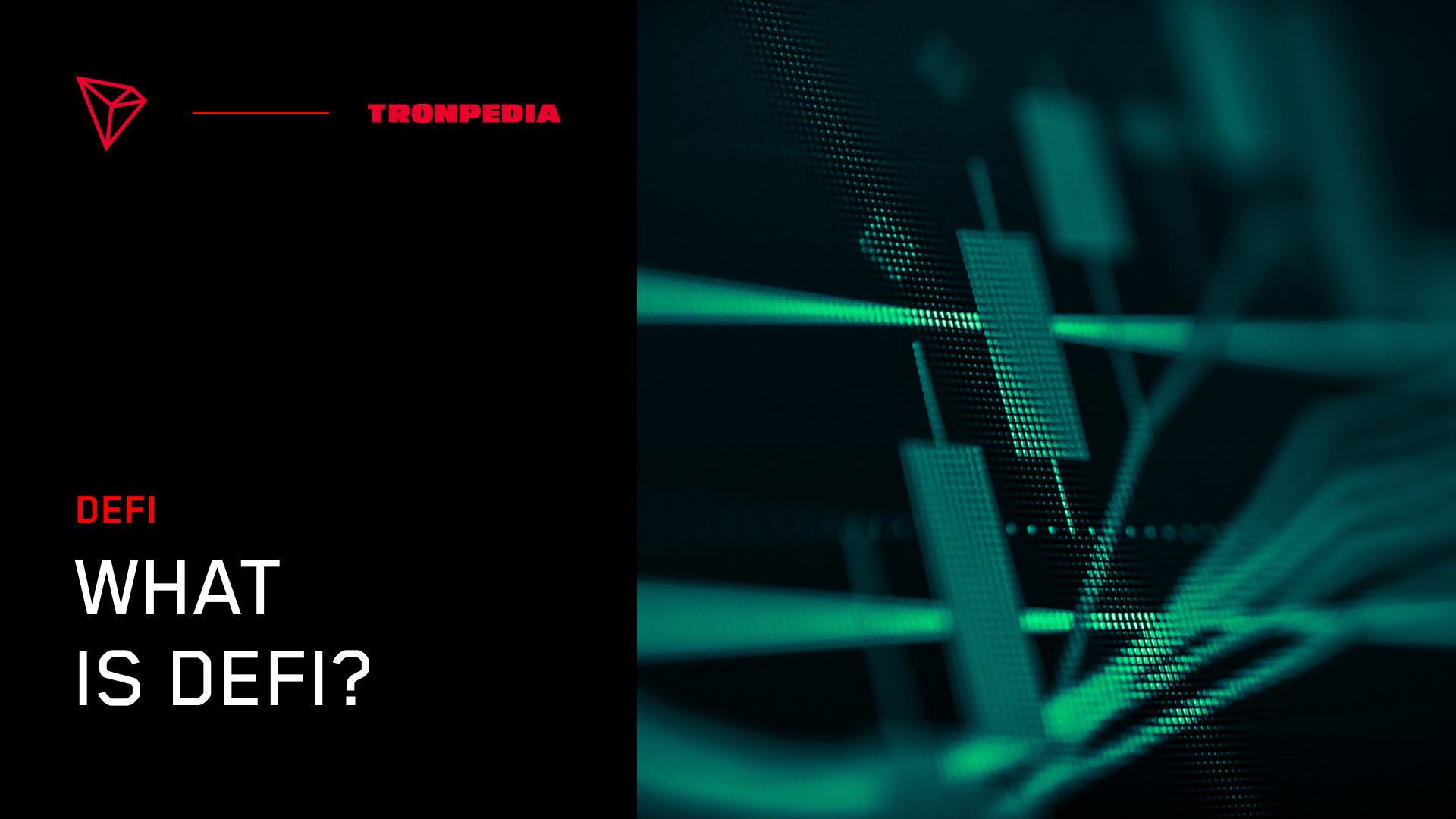An Introduction to Stablecoins
When thinking about cryptocurrencies, one of the first things that pops into mind is the meteoric highs and encumbering lows of digital asset prices. Many people consider crypto’s volatility a massive roadblock in the way of its success, as over 60% of surveyees considered it the most inconvenient aspect of using crypto. Its price spikes are rightfully concerning for investors too, given that the flagship cryptocurrency, Bitcoin, fluctuates more than 10x normal exchange rates. However, fears of volatility can be assuaged by a rapidly growing class of cryptocurrencies called stablecoins.
The basic premise of a stablecoin is in the name: it’s a cryptocurrency that remains stable by pegging its value to either a fiat currency, commodity, or other asset.
If you wanted to buy a stablecoin tied specifically to the US dollar, you would be in luck. There are plenty of tokens pegged to USD, such as Tether, USD Coin, and Dai, all of which operate at one token for one dollar. But what does that mean? How do you get a token to equal a dollar?
Understanding How Stablecoins Are Backed
When first learning about stablecoins, it can be confusing as to what actually makes them stable. There are multiple ways stablecoin creators go about ensuring that their tokens remain pegged to their underlying asset.
Reserve-Backed Stablecoins
Stablecoins backed by a reserve are the most commonplace, and result in the coins issuer acting, more or less, like a bank. For example, if you bought 1 USDD, a new USDD token would be minted, and the dollar you used to buy it would remain secure in USDD’s reserves. When you decide you want to cash out, your tokens would be redeemed for your cash, then burned to keep the stablecoin supply consistent with reserves.
Because investing in a reserve-backed stablecoin is much safer than the other pegging methods, this is the method many major stablecoins utilize. Issuers like Binance, Tether, Maker and TRON, all use some form of collateral to ensure that their stablecoins don’t lose their value. You can view the reserve details on each of their websites, as they vary from issuer to issuer.
The collateral used is mostly cash, but with some engineering and overcollateralization, other cryptocurrencies can back the value of stablecoins. For example, USDD is a stablecoin backed by other cryptocurrencies like USDC and Tether, as well as TRX and Bitcoin. In fact, USDD is highly overcollateralizated, as the coins reserve contains more than 3 times the total value of all USDD in circulation.
Algorithmic Backed Stablecoins
Algorithmic backed stablecoins are the most controversial type of stablecoin in the crypto market today. Issuers of an algorithmic stablecoin have no reserves to back their pegging. Instead, they use different types of algorithms to ensure their tokens remain stable. Given they lack collateral, algorithmic stablecoins are much more risky than reserve-backed coins.
During times of high market volatility or one-sided activity, this mechanism's efficacy can be severely reduced. This extreme volatility can lead to a stablecoin losing its peg, or depegging, setting off a chain reaction that likey ends with the unfortunate loss of any money for the average investor.
Government officials around the world have recently begun calling for the regulation of stablecoins to ensure depegging incidents do not happen. They envision stablecoins being overcollateralized to help assuage fears of depegging.
Many cryptocurrencies, such as USDD, have their reserves fully in line with regulators’ and investors’ interest. This regulation gives investors confidence that one USDD will always equal one dollar.
What do Stablecoins have to Offer?
- Speed: It can take traditional banks days to wire money from one account to another, whereas stablecoins allow you to send money from one wallet to another in mere seconds. Pretty cool right? And although some volatile cryptocurrencies can send money fast too, stablecoins offer reasonable assurance that you aren’t going to lose much, if any, money.
- Low Fees: Another advantage is extremely low fees. Many crypto exchanges, such as Coinbase, don’t even charge a fee to exchange US dollars for a stablecoin like USDC. So if you’re looking to quickly liquidate a volatile cryptocurrency like ETH or BTC, you can inexpensively transfer it into a less volatile stablecoin like $USDD.
- Diversity: Stablecoins allow you to take advantage of many key characteristics of crypto -such as more anonymity, scarcity, and immutability- and still maintain price stability.
What Are Some Limitations of Stablecoins?
- Reserves: The reserves that support a stablecoin are a crucial component of ensuring that a stablecoin stays pegged. The final safeguard for a stablecoin's value is those reserves. They are necessary for the coin issuer to be able to confidently guarantee the value of a stablecoin.
- Counterparty risk: Although cryptocurrency may appear to be very decentralized, in reality, transactions involve numerous parties, including the bank holding the reserves and the company producing the stablecoin. For the currency to keep its value, they must be taking the required precautions (such as maintaining security and making adequate reserves).



